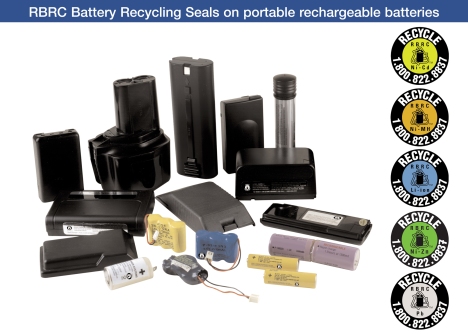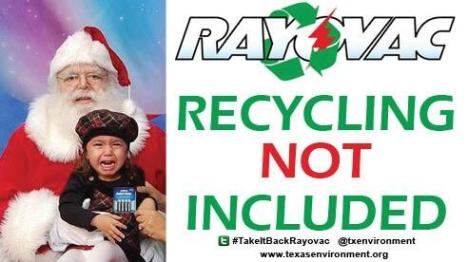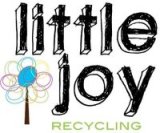With electronic devices topping the list of Holiday gift ideas for the umpteenth year in a row, battery sales are at their peak and many “green” buyers are wondering, which brand is best for the planet?
The familiar label, “Batteries Not Included” translates to the average buyer as, “Grab the cheapest pack of batteries that fit,” but a number of considerations do impact the environment, and some brands do a better job than others to ensure that their products will not end up in landfills.
Any device that uses AA or AAA batteries – some digital cameras, gaming accessories, and remote controls – can use either a rechargeable or single-use battery. Which is better for the environment? For a number of reasons, rechargeable batteries hold the green advantage. First, an obvious benefit is that you’ll use them over and over – almost anything that is designed to be used just once and then thrown “away” is going to be bad for the planet. Next, when those rechargeable batteries finally do stop working, there are recycling programs available to keep them out of landfills. Many retailers such as Best Buy, Home Depot and Staples will take them back for recycling. This is possible because of their partnership with battery manufacturers, who actually foot the bill for rechargeable battery recycling to save local taxpayers money. Rechargeable batteries do contain more toxic materials –such as cadmium or lithium— than their single-use counterparts, so it’s extremely important to recycle them responsibly.

Call 2 Recycle accepts rechargeable batteries for recycling funded by the Rechargeable Battery Recycling Corporation
Single-use, or “disposable” batteries no longer contain the most toxic materials, but they do contain recyclable metals, zinc and alkaline. Because there is no widespread, convenient recycling program in the U.S., single-use batteries are wasted into the landfills by the billions each year. These metals can still be hazardous when they leach into underground water sources, and all this waste costs ratepayers millions of dollars. Although single-use batteries can be recycled, battery manufacturers have not yet established the same kind of recycling program they have in place for rechargeable batteries. This is mainly due to just one company: Rayovac.
In 2011, companies such as Energizer, Duracell and Panasonic agreed to form an initiative to fund single-use battery recycling. But Rayovac withdrew and brought the efforts to a halt. The “Corporation for Battery Recycling” or CBR would have provided the same convenient recycling for single-use batteries that now exists for rechargeables, if Rayovac had not pulled out. Here in the U.S., Rayovac claims that throwing batteries in the trash to be landfilled or incinerated poses no threat to the environment. In Europe and Canada, however, Rayovac does participate in manufacturer-based recycling and hypocritically boasts its eco-consciousness. Holiday shoppers in those other countries don’t have to worry about what to do with their batteries. Bah humbug.
This holiday season, if you are shopping for gadgets, do the environment a favor and remember: “Rayovac – Recycling Not Included.”
Please, take a moment to let Rayovac’s CEO know that you are keeping their environmental record in mind when shopping for batteries this holiday buying season, and that if they expect responsible consumers to spend money with them, they need to be responsible with their products. Email Dave Lumley, CEO of Rayovac’s parent company Spectrum Brands at , and tell him that you want Rayovac to offer recycling, or you’ll take your business elsewhere!
Help spread this fun image and let people know about how naughty Rayovac has been when it comes to the environment and recycling. Please, share it on social media (, , Instagram, etc.) and let your friends and allies know: Rayovac needs to embrace—not spurn—battery recycling for its U.S. customers!
Filed under: General, Producer TakeBack Recycling, Recycling, Sustainable production & consumption, Zero Waste | Tagged: AAA batteries, battery recycling, rechargeable batteries, Rechargeable Battery Recycling Corporation | Leave a comment »




















